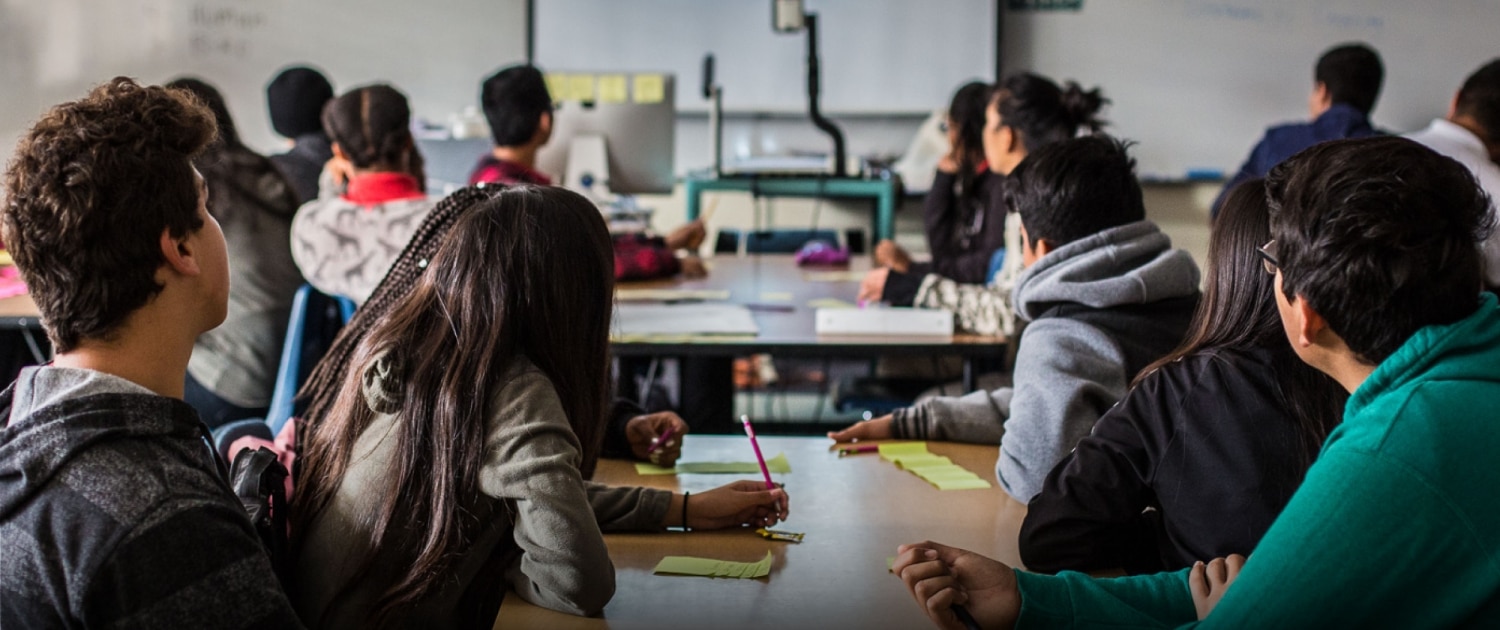Trauma-Informed Education and SEL by Dr. Alan Harris
In 2019, teachers noted that students’ social and emotional needs were well beyond their capacity to support, and with that, one of the key barriers to teaching SEL. That was pre-pandemic. I share this to hopefully validate any feelings of being overwhelmed today, particularly when it comes to the topic of teaching SEL.
 In our work with teachers over the last three months, we have realized the need to be explicit about the difference between SEL and trauma-informed education.
In our work with teachers over the last three months, we have realized the need to be explicit about the difference between SEL and trauma-informed education.
What teachers are seeing in classrooms today, and what the teachers in 2019 noted as one of the key barriers, is trauma. Research within the last twenty years has provided profound insights into how low and high levels of trauma impact students short and long term. Having a trauma-informed classroom that provides a safe space where students can identify needs is different from teaching SEL. A trauma-informed classroom is where supports beyond the classroom are available to meet student needs that are beyond a teacher’s capacity to meet.
So what is teaching SEL? Social-Emotional Learning is helping students better understand self, others, and the broader world. Teachers have done this from the moment teaching began. Our curriculum is designed to be engaging and user-friendly for teachers and students to access quick connections. We also work with schools and districts to adapt many of our lessons and content to support response to trauma in and out of the classroom.
Each week we talk to another teacher or administrator who inspires us with their ideas and their passion to meet the needs of every student. We hope you see us as a partner and a resource to come along beside you and support your effort.
Visit IMAGO




